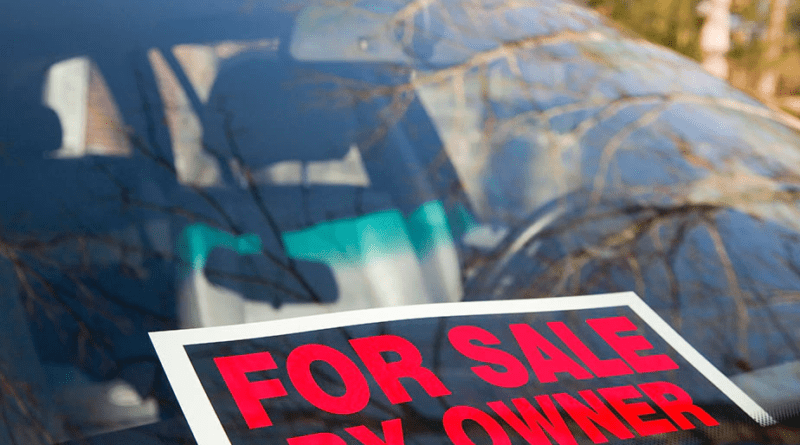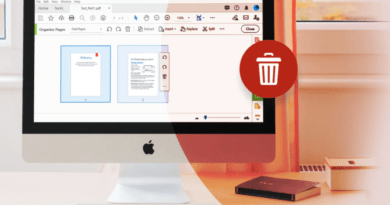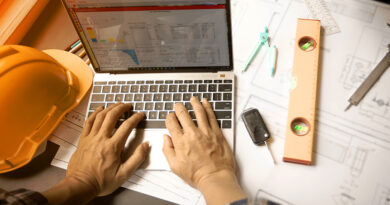6 Ways to Protect Yourself When Buying a Used Car – 2024 Guide
If you are looking to save some money when buying a car, buying a used car rather than a new one can be a great option for you. When buying things “second hand”, especially a used car, you should be wary of any visible or hidden flaws or defects to the vehicle such as wear and damage. Plus, whether the vehicle has been wrecked, repurchased under a state lemon-law program, suffered flood damage, or had another mechanical or electrical problem.
Car dealerships or private sellers can often be deceiving when it comes to the condition of the used car. How often have you heard the expression -“The car was driven by a Grandma”, referring to the condition of the car as perfect, only to find a car that is in poor condition.
In order to save your time and money we have put together a list of ways to protect yourself when buying a used car:
1. Visual check

A visual inspection of the exterior of the car as well as the interior of the car can tell a lot about its history. Checking for bigger scratches, dents, rust, damage, and over-sprayed body panels may indicate the car was involved in some kind of previous accident. Any unusual gaps between the body panels, bumpers, and lights may indicate previous repairs. Any unusual wear and tear in upholstery may suggest water damage. The smell of the vehicle’s interior can also indicate its general state, as it may uncover flood damage that can lead to possible future electrical problems. A car with low mileage but has heavy wear on the driver’s seat, steering wheel and pedals should raise alarm bells.
2. Test Drive
The test drive is a must. Before even considering buying a used car, you should do a test drive above everything else. Why spend precious time and money when you can determine the general condition of the car in minutes with a simple test-drive all by yourself. Look for any unusual squeaks and rattles coming from the engine or brakes that may indicate previous damage or items that need to be repaired in general. Drive the car over different surfaces and at different speeds to check the shocks and suspension of the car. Check all the car electronics, such as the radio, electronic windows, and mirrors, AC and heating, etc. Check the transmission by changing all the gears sequentially, and look for any noises coming from the clutch. Check if the gear lever is centered when in neutral.
3. Mileage
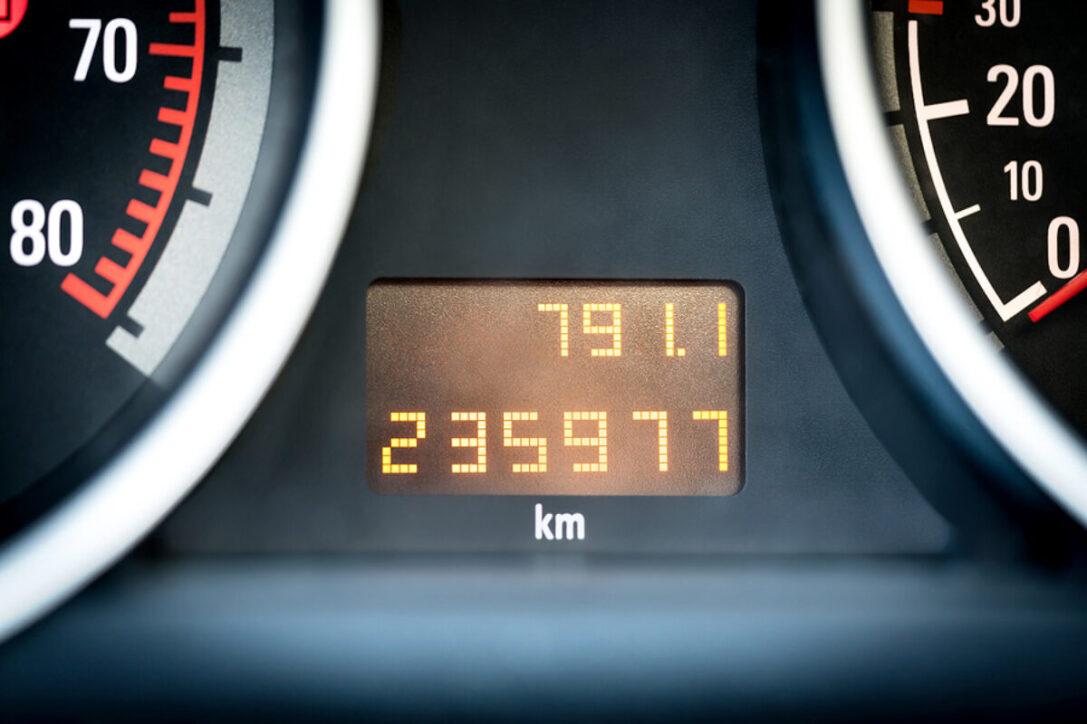
Mileage can be a good indicator of the state of the car. Low or high mileage impacts the value of the car when it is bought and sold, together with the maintenance and service costs. Mileage is perceived as high or low in relation to the age of the car. Here, there is usually less wear and tear on cars with low mileage as long as the car has been properly maintained. This means that important car parts can expect to last longer, as depending on the car, a part will likely need to be replaced after a certain mileage.
4. Ask questions
Ask the seller about the condition of the car. The more you ask, the more you will know. Don’t hesitate to ask even the dumbest questions. The most common questions are “Why are you selling the car”, “What’s the overall condition of the car”, “What’s the mileage” etc.
5. Get a Vehicle History Report
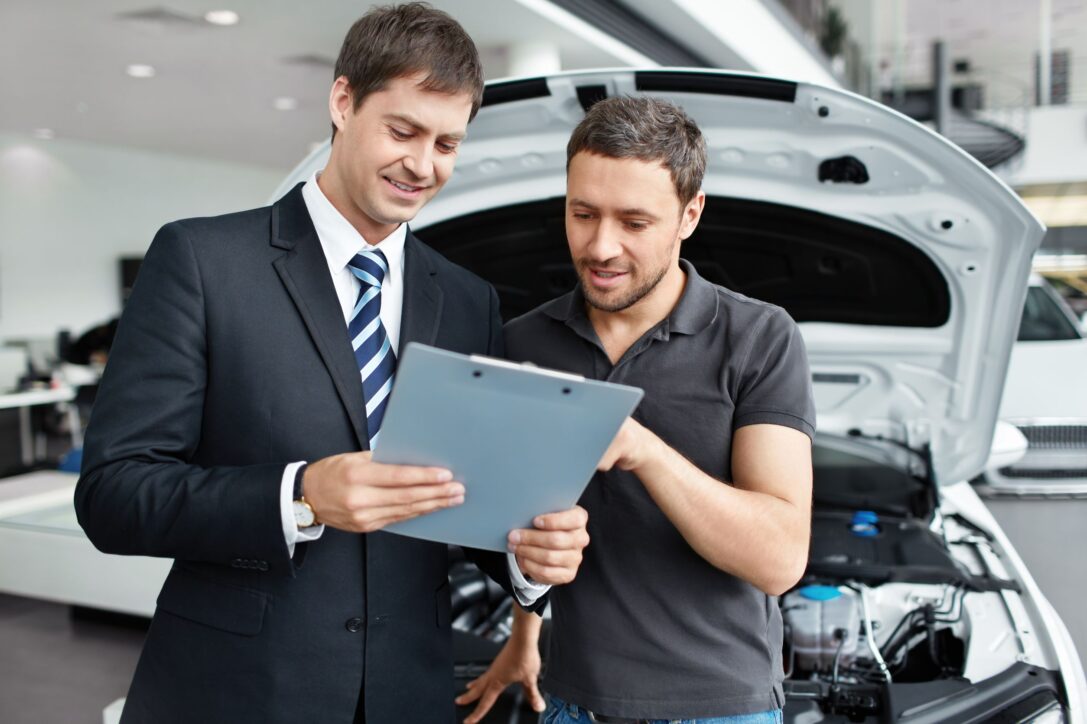
After completing the test drive, having satisfactory results, the next step is to get a Vehicle History Report. Why rush and spend money unnecessarily on certified Mechanics, when you don’t know anything about the car’s history.
Perhaps the most important action you can undertake in determining the overall condition of the vehicle is to get a Quick PPSR report from www.quickppsr.com.au as it will provide you with the necessary information regarding the used vehicle.
They can alert you to possible odometer fraud; reveal past floods, fire, and accident damage. The PPSR check is going to be the best investment you ever made. You are going to get really high returns on this small amount of money – a great second-hand car and not a lemon. By entering the vehicle rego number or VIN you will get a Finance owing report, Registration details, stolen vehicle check, Specifications, PPSR Certificate and a Write off check.
6. Inspection by a certified Mechanic
If you are satisfied with the information provided by the PPSR check, the next step is to get the used car inspected by a certified Mechanic. By checking the car’s major systems and components the inspection may uncover any wear, damage, or any potential future problems. After all, you should consider the maintenance cost of the used vehicle, as some cars are more expensive to maintain than others. A telltale sign of a car with hidden problems is if the seller denies you an inspection. The smartest thing to do in such situations is to just walk away and don’t buy the used car, or any other vehicle from the seller.
The key element to protect yourself when buying a used car is to be thorough when inspecting all aspects of the vehicle. A detailed inspection of the interior and exterior of the car is crucial for the overall history and maintenance of the vehicle. The best indicators to determine the mechanical condition, and the condition of the electronical elements, is to conduct a test drive and check out the mileage of the vehicle. Furthermore, conducting a car inspection by a certified Mechanic can lead to the discovery of all hidden problems and maintenance costs of the vehicle. Moreover, you could determine whether it is worth buying the car.
